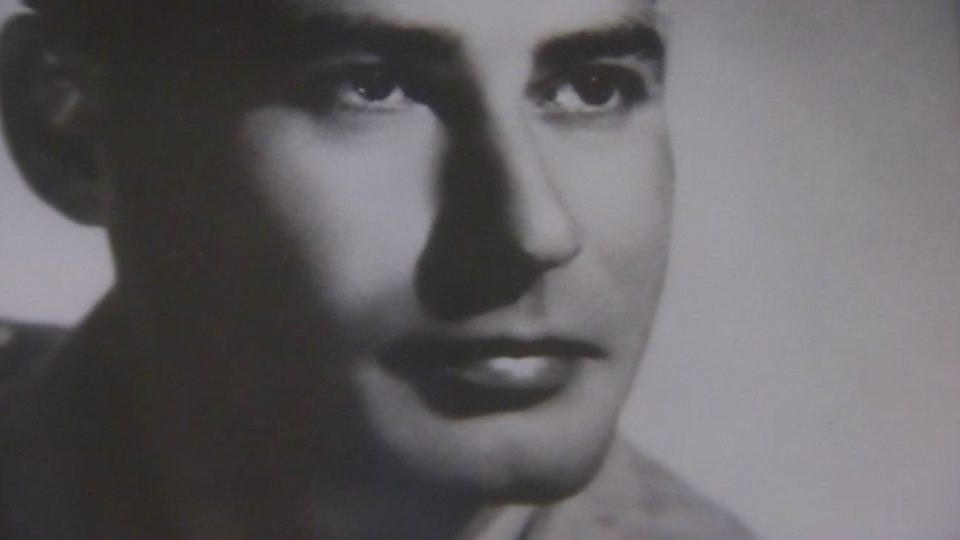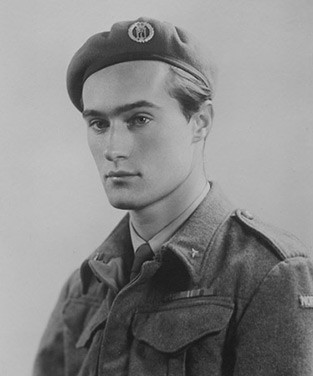The Norwegian resistance fighter Joachim Ronneberg, who was known for his sabotage of Nazi Germany’s nuclear weapons, has left the world at 99.
In 1943, in Norway’s southern region of Telemark, Ronneberg led forward a top secret raid on a heavily guarded plant of the Nazi’s to destroy the ambitions of the weapon built their during World War Two.
Starring Kirk Douglas, the Hollywood film ‘Heroes of Telemark’ immortalized the operation in the year 1965.
[image lightbox=”1″ caption=””]https://www.hiptoro.com/wp-content/uploads/2018/10/57.2.jpg[/image]
Working as a radio journalist later, Ronneberg worked towards raising awareness among the young generation about the dangers of war.
In 2013, at a memorial of their operation held in London Ronneberg remembered his friends and fellow fighters who were in his unit
In 2013, when speaking to the BBC He said that, only after atomic bombs were dropped on Japan’s Nagasaki and Hiroshima in 1945 he realized the significance of the mission he carried out.
Speaking to the NTB news agency, Erna Solberg, Norway’s Prime Minister told “He is one of our great heroes.” He credited Ronneberg as the last of the best known resistance fighters and expressed his grief for the fighter’s pass away.

Telemark’s hero, who was the fighter?
Joachim Ronneberg, born in the town of Aalesund, in 1919, in 1940 after the Nazis invasion had to flee Norway.
He escaped from Norway by boat to Scotland at the age of 21 with eight of his friends. When he left Norway he was determined to come back and fight for his nation.
Along with an extra atomic particle in its hydrogen nucleus the Nazi’s at the time required so called heavy water in order to fabricate an atomic bomb against their Allies.
At that time only Norsk Hydro facility in Rjukan, Telemark prepared the large quantity of heavy water, or deuterium oxide, that the Germany required thus, making the largest hydroelectric plant of its caliber a target for the Nazi’s. In 1942, with a small team that was tasked to destroy the plant ended in a failure.
With the failure deeply affecting Ronneberg, the following year, he handpicked five other commandos and formed a unit to execute an Allied operation and code named it as Gunnerside.
Speaking to the BBC during the 70th anniversary of the mission he told, “We were a gang of friends doing a job together,” In order to set the explosives the men had to cross an icy river and use the railway line to get in to the plant.
Thinking about the mission, he said, we had imagined that this was going to be a one way trip.
He remembered to being chased by some 3,000 German soldiers after the explosion. Despite being chased the unit escaped in to Sweden by skiing 320 km across Telemark to keep themselves safe.
“The best skiing weekend I ever had” on remembering about the experience Ronneberg described it with an ironic smile.
The Germans had to abandon their plans due to this operation along with air raids by the United States the following year. This mission was later described as the most successful act of sabotage of World War Two.
Despite numerous documentaries, books and TV series narrating and speaking about the action packed mission Ronneberg was disinclined to share his experience.

But in the 1970s, when he decided to raise awareness among young generation of the dangers of war the war hero broke his silence.
He said, “Those growing up today need to understand that we must always be ready to fight for peace and freedom.”
Ronneberg, was the last surviving member of the 1943 raid. He was one of the most decorated war heroes of a nation well known for heroic resistance to the 1940-45 German activity, died on Sunday in Alesund, Norway, his daughter, Birte Ronneberg, said he was 99.
Source 1: www.bbc.co.uk
Source 2: www.nytimes.com









